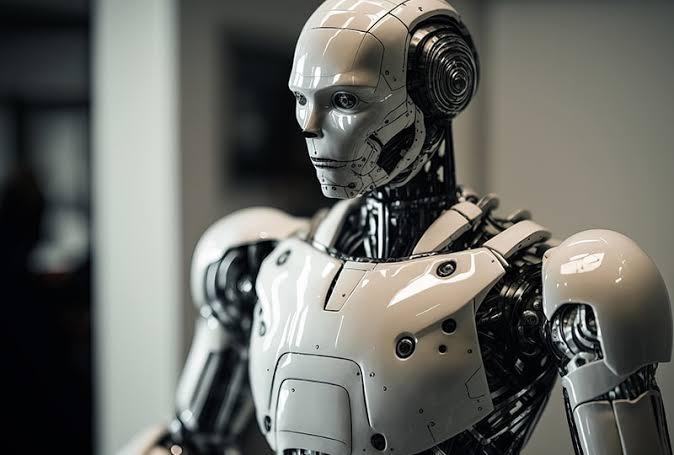Humanoid robots are robots designed to resemble and mimic human appearance and behavior. They are often built with the intention of performing tasks that are traditionally carried out by humans or for entertainment purposes.
Humanoid robots possess a body structure similar to that of a human being, with a head, a torso, two arms, and two legs. These robots are equipped with sensors, processors, actuators, and software that allow them to perceive their environment, make decisions, and execute tasks autonomously.
One of the primary goals of creating humanoid robots is to enable them to interact with humans in a natural and intuitive manner. By mimicking human appearance and movements, humanoid robots can facilitate communication and collaboration with people in various settings, such as healthcare, education, and customer service.
For example, humanoid robots can assist elderly individuals with daily tasks, support teachers in classrooms, and provide information and guidance to customers in retail environments.
Humanoid robots are designed to navigate and manipulate objects in complex and dynamic environments. They are equipped with advanced sensors, such as cameras, LiDAR, and inertial sensors, that enable them to perceive their surroundings in real-time.
Additionally, humanoid robots are equipped with actuators, such as motors and pneumatic cylinders, that allow them to move and interact with objects in their environment. These capabilities make humanoid robots well-suited for tasks that require dexterity, agility, and adaptability.
Humanoid robots are powered by sophisticated software algorithms that enable them to perceive and analyze sensory information, make decisions based on the information available, and execute actions accordingly.
These algorithms are often based on artificial intelligence techniques, such as machine learning and computer vision, that enable humanoid robots to learn from their interactions with the environment and improve their performance over time.
By leveraging artificial intelligence, humanoid robots can adapt to new situations, solve complex problems, and interact with humans in a more human-like manner.
Despite their advanced capabilities, humanoid robots still face significant challenges in terms of their development and deployment. Designing and building humanoid robots that possess human-like appearance and functionality is a complex and costly endeavor that requires expertise in various disciplines, such as robotics, biomechanics, and artificial intelligence.
Additionally, ensuring the safety and ethical use of humanoid robots in human-centered environments poses ethical and regulatory challenges that need to be addressed.
One of the key ethical considerations related to humanoid robots is their impact on human society and the future of work. As humanoid robots become increasingly capable of performing tasks that were once carried out by humans, there is a concern that they could replace human workers and lead to job displacement.
This raises questions about the ethical implications of introducing humanoid robots into various industries and the need to consider the social and economic consequences of their deployment.
Another ethical consideration related to humanoid robots is their potential to influence human behavior and relationships. As humanoid robots become more lifelike and interactive, there is a risk that humans may develop emotional attachments to them and exhibit behaviors that blur the line between human-robot relationships and human-human relationships.
This raises concerns about the impact of humanoid robots on social norms, interpersonal communication, and personal identity.
In conclusion, humanoid robots are a groundbreaking technology that holds great promise for enhancing human-machine interactions and improving our quality of life. These robots have the potential to revolutionize various industries, such as healthcare, education, and entertainment, by performing tasks that are challenging or dangerous for humans.
However, the development and deployment of humanoid robots also raise complex ethical and societal implications that need to be addressed to ensure their responsible and beneficial integration into human society.
Only through careful consideration of these ethical issues and ongoing dialogue between experts, policymakers, and the public can we realize the full potential of humanoid robots while safeguarding the interests and well-being of all stakeholders involved.


